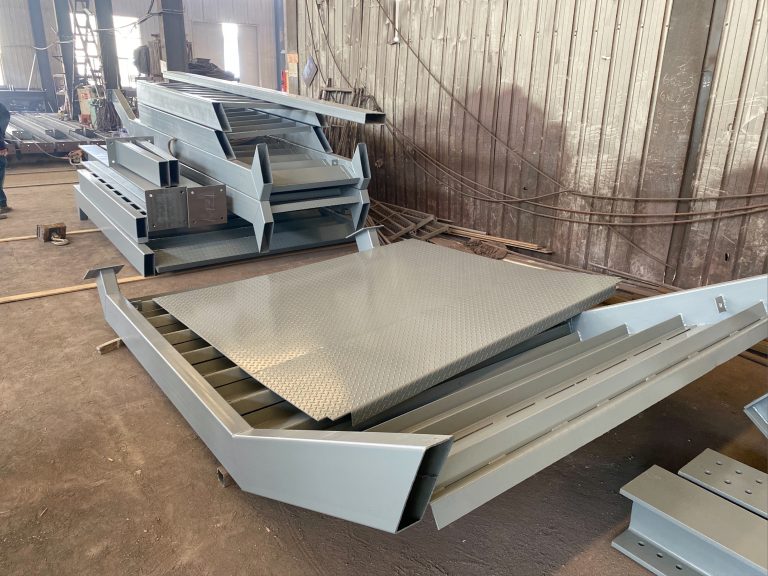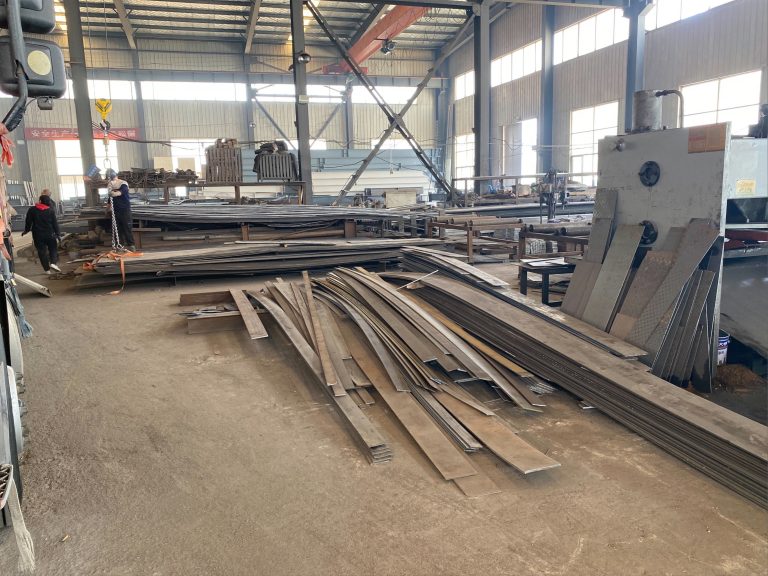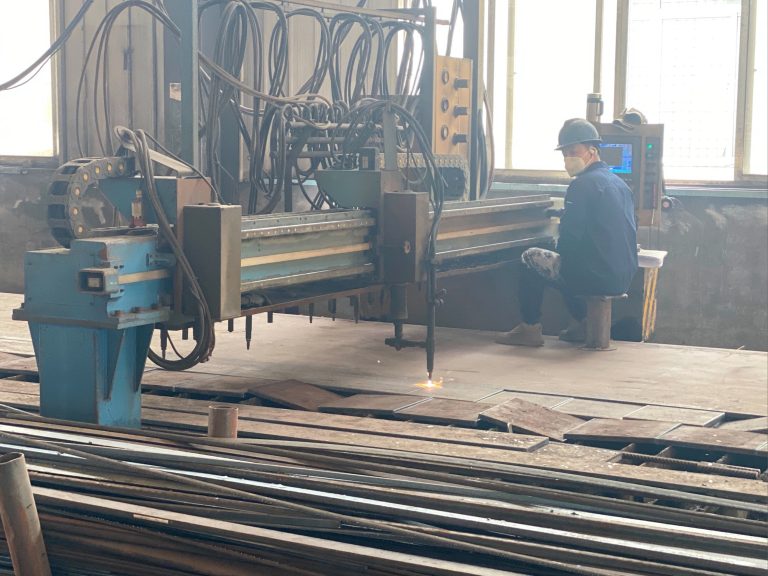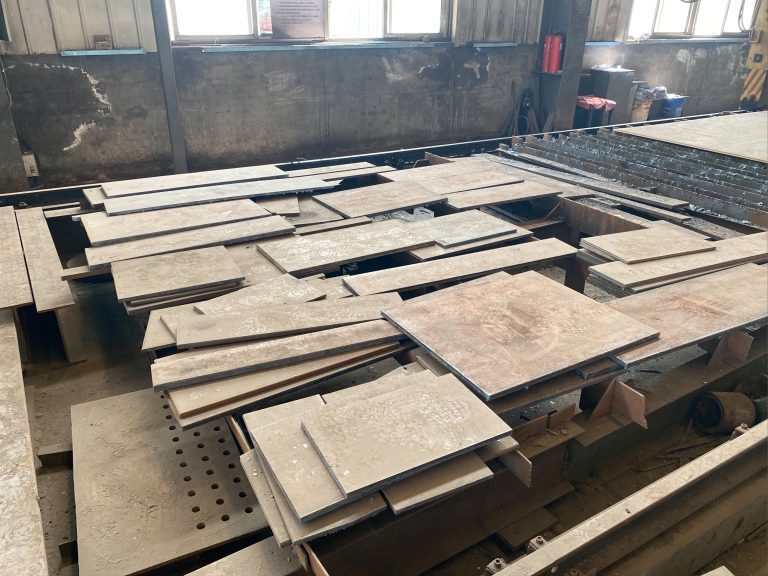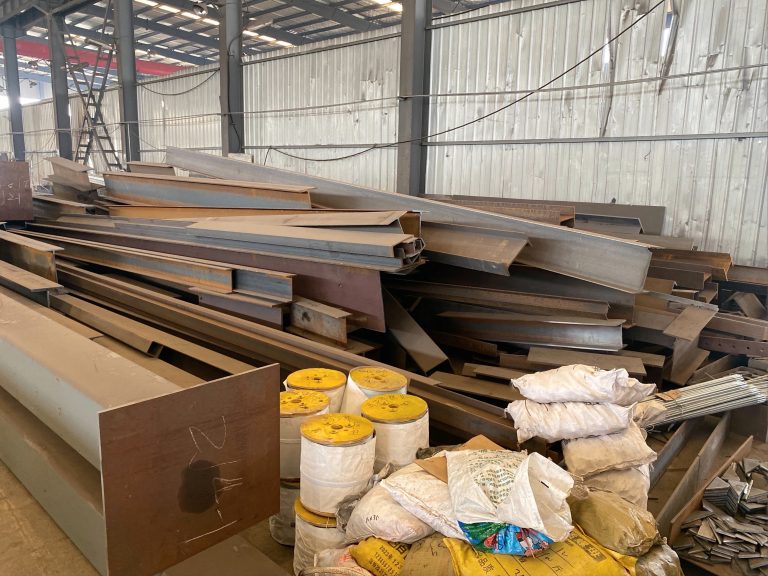The key technology of steel structure design and construction in airport terminal
Table of Contents
Benefits of Using Advanced 3D Modeling Software in Steel Structure Design for Airport Terminals
Steel structure design and construction play a crucial role in the development of airport terminals. The use of advanced 3D modeling software has revolutionized the way engineers and architects approach the design process, offering a wide range of benefits that ultimately result in more efficient and cost-effective projects.
One of the key advantages of using advanced 3D modeling software in steel structure design for airport terminals is the ability to create highly detailed and accurate models. These models allow designers to visualize the entire structure in three dimensions, enabling them to identify potential issues and make necessary adjustments before construction begins. This level of precision helps to minimize errors and reduce the risk of costly rework during the construction phase.
Furthermore, advanced 3D modeling software allows for better collaboration among project stakeholders. By creating a digital model that can be easily shared and accessed by all team members, designers, engineers, and contractors can work together more effectively to ensure that the project meets all requirements and specifications. This collaborative approach helps to streamline the design process and improve communication, leading to a more cohesive and successful project overall.
In addition to improving collaboration, advanced 3D modeling software also offers significant time and cost savings. By creating a detailed digital model of the steel structure, designers can accurately estimate materials and labor costs, identify potential conflicts or issues early on, and optimize the design to minimize waste and reduce construction time. This level of efficiency not only helps to keep the project on schedule and within budget but also allows for faster project delivery, ultimately benefiting both the client and the construction team.
Another key benefit of using advanced 3D modeling software in steel structure design for airport terminals is the ability to simulate various scenarios and analyze the structural performance of the design. By running simulations and tests on the digital model, designers can evaluate different design options, assess the impact of external factors such as wind or seismic loads, and optimize the structure for maximum strength and stability. This level of analysis helps to ensure that the final design meets all safety and regulatory requirements, providing peace of mind for both designers and clients.
Furthermore, advanced 3D modeling software allows for greater flexibility and customization in steel structure design for airport terminals. Designers can easily modify the digital model to accommodate changes in the project scope, adjust the design to meet specific requirements or preferences, and experiment with different design options to find the most efficient and aesthetically pleasing solution. This level of flexibility helps to create unique and innovative designs that stand out in the competitive airport terminal market.
In conclusion, the use of advanced 3D modeling software in steel structure design for airport terminals offers a wide range of benefits that ultimately result in more efficient, cost-effective, and successful projects. From improved collaboration and communication to time and cost savings, as well as enhanced structural performance and design flexibility, the advantages of using advanced 3D modeling software are clear. By embracing this key technology, designers and engineers can create innovative and sustainable steel structures that meet the demands of modern airport terminals and set new standards for excellence in the industry.
Innovations in Prefabrication Techniques for Efficient Construction of Steel Structures in Airport Terminals
Steel structures have long been a popular choice for construction in airport terminals due to their strength, durability, and versatility. In recent years, advancements in technology have revolutionized the design and construction of steel structures, making them more efficient and cost-effective than ever before. One key technology that has played a crucial role in this transformation is prefabrication.
Prefabrication involves the manufacturing of building components off-site in a controlled environment before they are transported to the construction site for assembly. This method offers several advantages over traditional construction techniques, including faster construction times, reduced waste, and improved quality control. In the context of airport terminals, where time is of the essence and precision is paramount, prefabrication has become an indispensable tool for architects and engineers.

One of the main benefits of prefabrication in steel structure design and construction is its ability to streamline the construction process. By manufacturing building components off-site, construction crews can work more efficiently and quickly assemble the structure on-site. This not only reduces construction time but also minimizes disruptions to airport operations, allowing terminals to be built or renovated with minimal impact on travelers.
Furthermore, prefabrication helps to improve the quality of steel structures in airport terminals. Because components are manufactured in a controlled environment, they are subject to rigorous quality control measures to ensure they meet the highest standards. This results in a more precise and consistent final product, with fewer defects and errors than traditional construction methods. As a result, airport terminals can be built with greater accuracy and reliability, ensuring they meet the stringent safety and performance requirements of modern aviation facilities.
Another key advantage of prefabrication in steel structure design and construction is its ability to reduce waste. By manufacturing building components to exact specifications off-site, construction crews can minimize material waste and optimize resource utilization. This not only helps to reduce the environmental impact of construction but also lowers costs for developers and contractors. In an industry where sustainability and cost-effectiveness are top priorities, prefabrication offers a win-win solution for all stakeholders involved in airport terminal projects.
In addition to these benefits, prefabrication also offers greater flexibility in design and customization. Because components are manufactured separately, architects and engineers have more freedom to experiment with different shapes, sizes, and configurations for steel structures in airport terminals. This allows for more creative and innovative designs that can enhance the aesthetic appeal and functionality of terminal buildings. Whether it’s creating unique architectural features or optimizing space utilization, prefabrication enables designers to push the boundaries of what is possible in steel structure design and construction.
Overall, prefabrication has become a key technology in the design and construction of steel structures in airport terminals. Its ability to streamline the construction process, improve quality control, reduce waste, and enhance design flexibility has made it an indispensable tool for architects, engineers, and developers. As airports continue to expand and modernize to meet the growing demands of air travel, prefabrication will play an increasingly important role in shaping the future of terminal design and construction. By embracing this innovative technology, airport terminals can be built more efficiently, sustainably, and cost-effectively than ever before, ensuring they remain at the forefront of aviation infrastructure for years to come.

